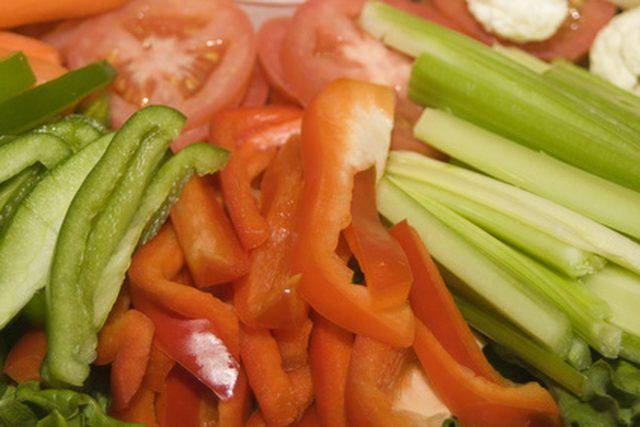Bulbs
Flower Basics
Flower Beds & Specialty Gardens
Flower Garden
Garden Furniture
Garden Gnomes
Garden Seeds
Garden Sheds
Garden Statues
Garden Tools & Supplies
Gardening Basics
Green & Organic
Groundcovers & Vines
Growing Annuals
Growing Basil
Growing Beans
Growing Berries
Growing Blueberries
Growing Cactus
Growing Corn
Growing Cotton
Growing Edibles
Growing Flowers
Growing Garlic
Growing Grapes
Growing Grass
Growing Herbs
Growing Jasmine
Growing Mint
Growing Mushrooms
Orchids
Growing Peanuts
Growing Perennials
Growing Plants
Growing Rosemary
Growing Roses
Growing Strawberries
Growing Sunflowers
Growing Thyme
Growing Tomatoes
Growing Tulips
Growing Vegetables
Herb Basics
Herb Garden
Indoor Growing
Landscaping Basics
Landscaping Patios
Landscaping Plants
Landscaping Shrubs
Landscaping Trees
Landscaping Walks & Pathways
Lawn Basics
Lawn Maintenance
Lawn Mowers
Lawn Ornaments
Lawn Planting
Lawn Tools
Outdoor Growing
Overall Landscape Planning
Pests, Weeds & Problems
Plant Basics
Rock Garden
Rose Garden
Shrubs
Soil
Specialty Gardens
Trees
Vegetable Garden
Yard Maintenance
Information on Easy-to-Grow Vegetables in Illinois
Information on Easy-to-Grow Vegetables in Illinois. Illinois may not have as long growing season as states further to the south, but with careful planing, the season can be extended beyond first frost. Illinois gardeners have enough choices to make it happen and still have the variety they desire.

Illinois may not have as long growing season as states further to the south, but with careful planing, the season can be extended beyond first frost. Illinois gardeners have enough choices to make it happen and still have the variety they desire.
Location
Place your vegetable garden where it will get from six to eight hours of sunshine a day. Do not put it near trees or shrubs, and make sure the soil is well drained and there is a water source nearby.
Varieties
The University of Illinois recommends 34 vegetables that are easiest and best to grow for gardeners in the state. Choose from asparagus, beans, beets, broccoli, Brussels sprouts, cabbage, carrots, cauliflower, chard, collards, corn, cucumbers, eggplant, kohlrabi, lettuce, muskmelon, mustard, okra, onion, parsnip, peas, peppers, potato, pumpkin, radish, rhubarb, rutabaga, spinach, summer squash, sweet potato, tomato, turnip, watermelon and winter squash.
Planting Seasons
Different vegetables are planted at different times. Plant potatoes and onions, asparagus, broccoli and cabbage seedlings and collard, spinach, peas, lettuce and turnips seeds from four to six weeks before the last expected frost. Cauliflower seedlings and carrot, mustard, parsnip, beet and radish seeds go in from two to three weeks before the last frost. Set beans, sweet corn and summer squash seeds and tomato seedlings in just at the last frost. Watermelon, cucumbers, pumpkins, cantaloupe, pepper, eggplant and sweet potatoes are the last to go in at one to two weeks after the danger of frost has past.